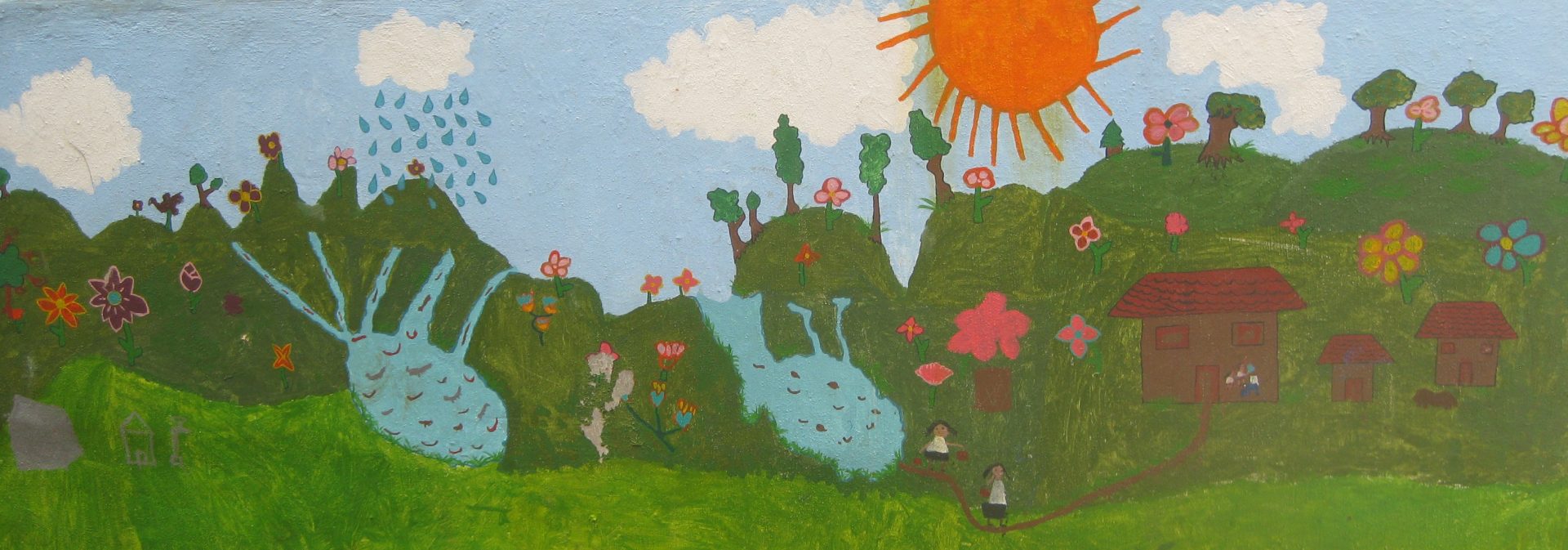Hey everyone! We had a super low budget dinner last night, I would wager that all three of us at for maybe $1.25 Essentially, we walked to the SuperFarmacia (which we end up in every night) at 9:30 PM and bought ramen for Su Chen and Sophia. I munched on saltine crackers and hibiscus tea. Honestly, I think we were all pretty happy about it.
Today we sat down and brainstormed potential storage containers for the community members we met on Wednesday. We came up with the following ideas for dry containers:
- Fig. 1: Plastic Box with Lid and Holes
- Fig. 2: Curved Plastic Drawers with Holes and Side Drainage
- Fig. 3: Tilted Plastic Drawers with Drainage on One Side
- Fig. 4: Hanging Plastic Box with Lid and Holes
For the most part, the containers all have the following characteristics:
- Lid: as requested, in order to keep out dust
- Holes: this allows for airflow through the box so that the dishes are not sealed in an airtight container while wet. It also allows water to drain from the bottom of the box
- It will likely be necessary to cover the side holes with a cloth to prevent dust from reaching the cups
- This also means that the devices must be raised off of the ground so water can drain
- Large Size: Save Fig. 4, all of these devices are meant to hold both the plates and cups for the family
Each device specifically has the following benefits and limitations:
Fig. 1: Lidded Plastic Box with Holes
This container is the most basic possibility. It allows families to stack plates and cups in a lidded, but breathable container. This is achieved by drilling holes into two of the side walls (cloth to prevent dust) and the bottom container. It also allows residual water to drain; thus functioning as both a storage container and a drying rack.
Benefits:
- Manufactures easily by re-purposing any large box
- Fits both cups and plates
Limitations:
- Does not allow for organization of cups and plates
- Requires users to bend down to access their cups and plates (unless placed on a table)
Fig. 2: Curved Plastic Drawers with Holes and Side Drainage
This container is the most complex. It allows families to separate out their cups and bowls for easy identification and use. It is also breathable via holes in two of the side walls (cloth to prevent dust). The drawers are slightly curved to allow water to drain out the sides, and therefore avoid dripping onto other plates. Little plastic barriers prevent the plates from sliding too fair. This also functions as both a storage container and a drying rack.
Benefits:
- Organizes of cups and plates
- Fits both cups and plates
- Does not require uses to bend down to access cups and plates
Limitations:
- Difficult to manufacture
- Sliding may occur with cups and plates
- Expensive
Fig. 3: Tilted Plastic Drawers with Holes and Side Drainage
The container is very similar to Fig. 2, but can be manufactured by re-purposing a normal set of plastic drawers. It allows families to separate out their cups and bowls for easy identification and use. It is also breathable via holes in two of the side walls (cloth to prevent dust). The drawers would be titled (as easily as adding a small wooden block underneath on side) to allow water to drain out of the right hand side, and therefore avoid dripping onto other plates. This also functions as both a storage container and a drying rack.
Benefits:
- Organizes of cups and plates
- Fits both cups and plates
- Does not require uses to bend down to access cups and plates
- Manufactures more easily
Limitations:
- Sliding may occur with cups and plates
- Expensive (maybe)
Fig. 4: Hanging Plastic Box with Lid and Holes
This container is similar to Fig. 1 in design but it made to hang, and therefore can only hold cups. It attaches to the same table as the garrafon via 90 degree brackets. The brackets would attach to the back of the container so that the lid would be able to open and close easily. It is also breathable via holes in two of the side walls (cloth to prevent dust). It also allows residual water to drain via holes in the bottom of the container; thus functioning as both a storage container and a drying rack for cups.
Benefits:
- Fits into an ideal cup location
- Manufactures relatively easily
Limitations:
- Does not allow for storage of both cups and plates
- Might not be a helpful location for cups used to drink coffee or other non-water beverages
I also looked into the possibility of using a storage container filled with a cleaning liquid, below.
However, my major concern with such a container is that the community members might not both refilling it and emptying it of water and soap every day. Instead, they might just wash their dishes per usual and keep them inside this container instead (with the lid shut). Since this possibility would be arguably worse than the current storage methods (because it prevents drying of plates and cups), I decided not to pursue the idea.
We plan on going to Lagos de Colon with Sinead this weekend, so we’re pretty pumped to go see the water. The weather forecast says that it’s gonna rain because Hurricane Adrian is coming through, but it’s only been sprinkles as always! Also, no one in the office is concerned, so we’re gonna go for it!
-Horatia





